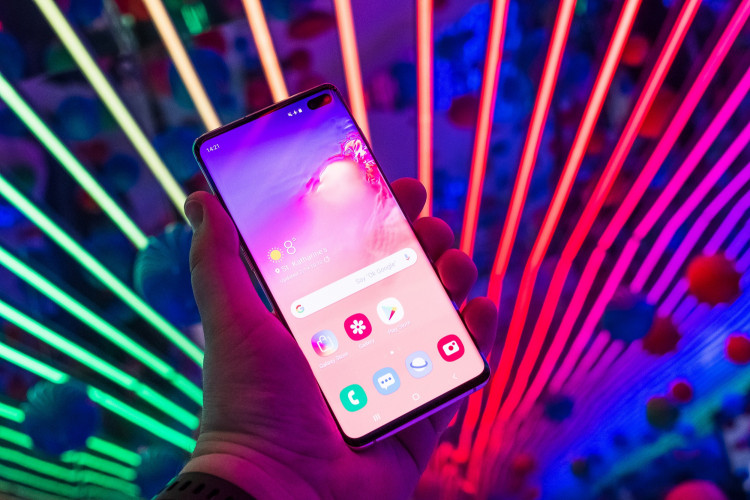Speedtest.net's Ookla published just recently a new report showing details of the global LTE and 5G network speeds. The test pits flagship devices like Apple iPhone Xs, Samsung Galaxy S10, and Huawei Mate 20 Pro against each other to identify which one offers the fastest speed. These devices were tested in various locations, including the US, the UK, Australia, Brazil, China, Canada, France, India, Germany, Japan, Italy, Russia, Nigeria, South Africa, and South Korea.
Various factors affect the performance of a device. This includes cell site, geography, and population density. The amount of wireless spectrum available in the area and overall capabilities of the user equipment in the market are also essential contributors to the performance of the device.
Based on the latest Ookla test, the average data transfer speed of Samsung Galaxy S10 is faster than iPhone Xs and Huawei Mate 20 Pro in the majority of the markets. The Samsung device's average speed ranges between 18.06 Mbps in India and 95.91 Mbps in Canada. The Huawei Mate 20 Pro's average speed in India is 14.57 Mbps, while its average data transfer speed in Canada is 93.66.
The Apple Xs, meanwhile has an average data transfer sped of 15.92 Mbps in India and 71.72 Mbps in Canada. Samsung Galaxy S10 also beats Huawei Mate 20 Pro in most markets except in China in terms of 5g speed. 5G is a relatively new connectivity network, and unlike LTE, is that it is only available in a few markets.
While it is evident that Samsung could not beat Huawei in China, both Galaxy S10 5G and Mate 20 X 5G were able to hit 200 Mbps on average. Various factors should be considered in this test. According to Wccftech, a 5G connectivity network is highly dependent on the test site's topography, and small obstacles like vehicles or billboards can significantly affect performance.
The site also points out the kind of modem inside the Samsung Galaxy S10 5G model in various markets. For instance, the model released in the US and China houses Qualcomm Snapdragon X50 5G modem, while all other markets have the model that houses Samsung Exynos 5100 5G modem. Ookla never reveals why it uses older generation models and not the current generation models available in the market today.
Perhaps, the latest models are not yet available in some of the test markets. It would be unfair for other brands to have their devices compete with newer generation products.




